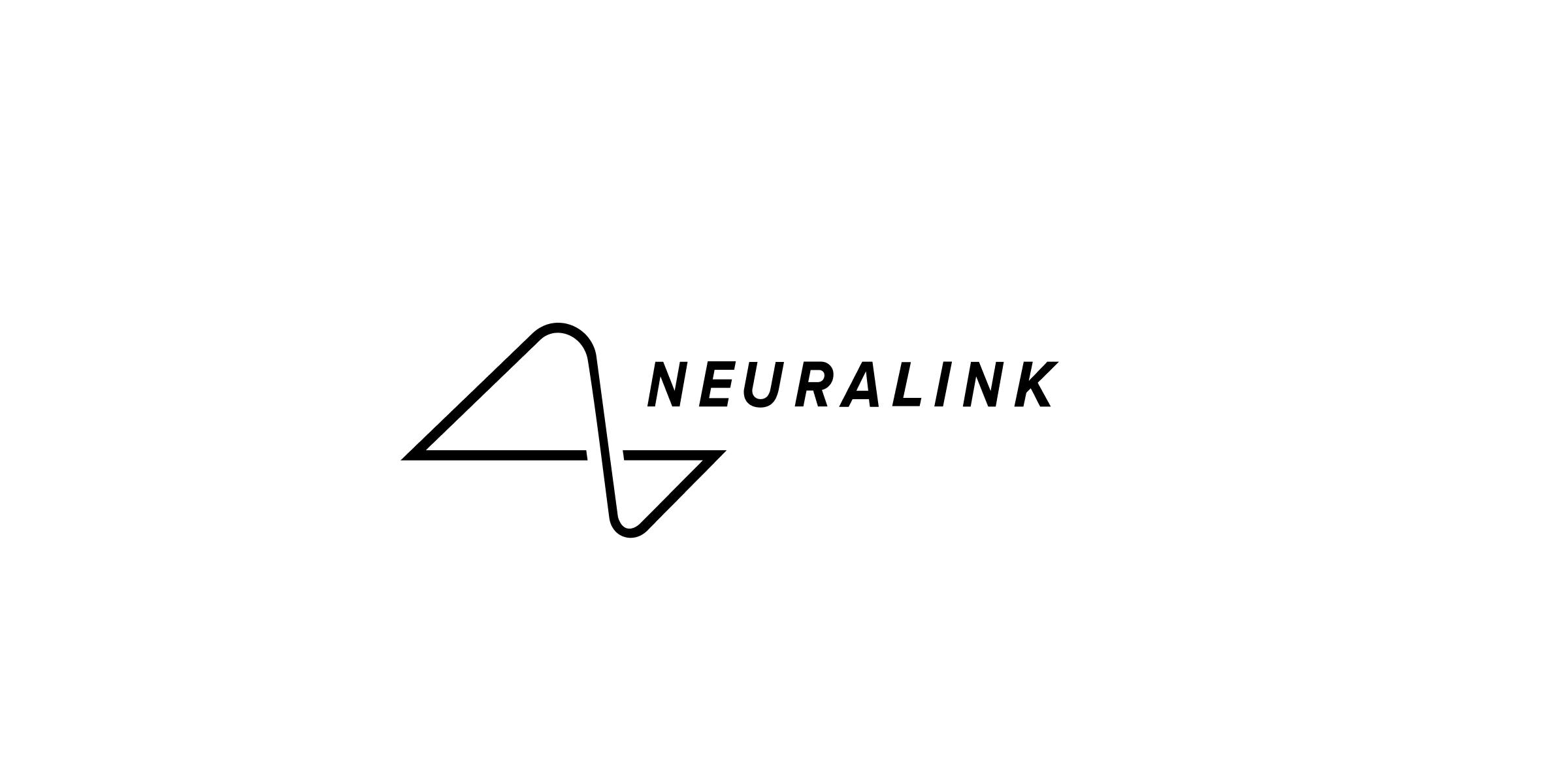Report: Neuralink Business Breakdown & Founding Story

🌈 Abstract
The article discusses the history, development, and potential applications of brain-computer interfaces (BCIs), with a focus on Neuralink, a company founded by Elon Musk in 2016 that is working on creating advanced brain-computer interface technology.
🙋 Q&A
[01] History and Development of BCIs
1. What are the key milestones in the history of brain-computer interfaces?
- The history of BCIs dates back to 1924 with Hans Berger's discovery of human brain electrical activity through electroencephalography (EEG).
- In-depth BCI research started in the 1970s at UCLA, led by Professor Jacques Vidal, who coined the term "brain-computer interface."
- In 1998, Phillip Kennedy implanted the first invasive BCI in a human.
- In 2003, John Donoghue introduced the initial BCI game, "BrainGate."
- In 2004, Matt Nagle became the first to receive an implanted invasive BCI system.
- In 2012, two seminal studies published in Nature demonstrated how BCI systems could enable neural arm control and the restoration of arm movements following paralysis.
2. What are the different categories of brain-computer interfaces?
- Non-invasive BCIs: Use technologies like electroencephalograms (EEGs) that do not require surgery. They are affordable and easy to use but have weaker signals due to the skull's signal-blocking nature.
- Partially invasive BCIs: Require surgical implantation but not as deeply as invasive BCIs.
- Invasive BCIs: Require surgical implantation within the patient's head and can capture neuronal activity with better signal quality, but have higher risks.
[02] Neuralink
1. What is Neuralink and who founded it?
- Neuralink is an invasive BCI company founded by Elon Musk in 2016.
- Musk's goal is to create a "layer" to the brain that complements the functions of existing layers like the limbic system and the cortex, turning human-computer interfaces into something more direct.
2. What are the key components of Neuralink's product?
- The Neuralink product consists of three main parts: an implant (the "N1 Implant" or "Link"), an app, and a surgical robot.
- The N1 Implant is a fully implanted neural recording and data transmission device with around 1,000 electrodes.
- The surgical robot is designed to reliably and efficiently insert the ultra-thin electrode threads into the brain.
3. What are the initial and future applications envisioned for Neuralink?
- The initial applications are to assist individuals with paralysis in utilizing electronic devices and to provide vision restoration for those experiencing blindness.
- Future versions are expected to enable paraplegics to walk again and restore sight for the blind.
4. What is the current status of Neuralink's development and regulatory approval?
- Neuralink is still in the research stage and has not deployed a product yet.
- In May 2023, Neuralink received approval from the FDA to launch its first-in-human clinical study, and the first successful human trial was conducted in January 2024.
- Neuralink plans to have 10 other patients implanted with its device by the end of 2024 and expects to achieve approval for general use within 1-2 years.
[03] Competitive Landscape and Market Outlook
1. Who are Neuralink's primary competitors?
- Synchron: Developing an endovascular BCI that can access the brain using blood vessels.
- Blackrock Neurotech: One of the earliest and most widely studied BCIs, with over 1,700 published studies and 19 years of human studies.
- Kernel: Building technology for non-invasively measuring the brain and building biomarkers.
- CTRL Labs: Developed a wristband that translated neuromuscular signals into machine-interpretable commands (acquired by Meta in 2019).
2. What is the current and projected growth of the BCI market?
- The global BCI market was valued at $1.7 billion in 2022 and is expected to grow at a CAGR of 17.5% through 2030.
- Growth is likely to be driven by improvements in technology and the increasing prevalence of neurodegenerative conditions.
- Affluent nations could see approximately 50 million potential beneficiaries of BCIs for medical reasons by 2025.
[04] Challenges and Risks
1. What are the key challenges and risks facing Neuralink?
- Regulatory risks: Significant safety concerns flagged by the FDA, such as the device's lithium battery and the potential for the implant's wires to migrate to unintended areas.
- Reputation risks: Reports of federal investigations into potential breaches of animal welfare standards during testing.
- Employee retention: Six out of eight founding members have left the company, potentially due to intense pressure to deliver on unrealistic timelines.
- Public skepticism: Concerns about the commercial use of BCIs for cognitive enhancement and cybersecurity vulnerabilities.